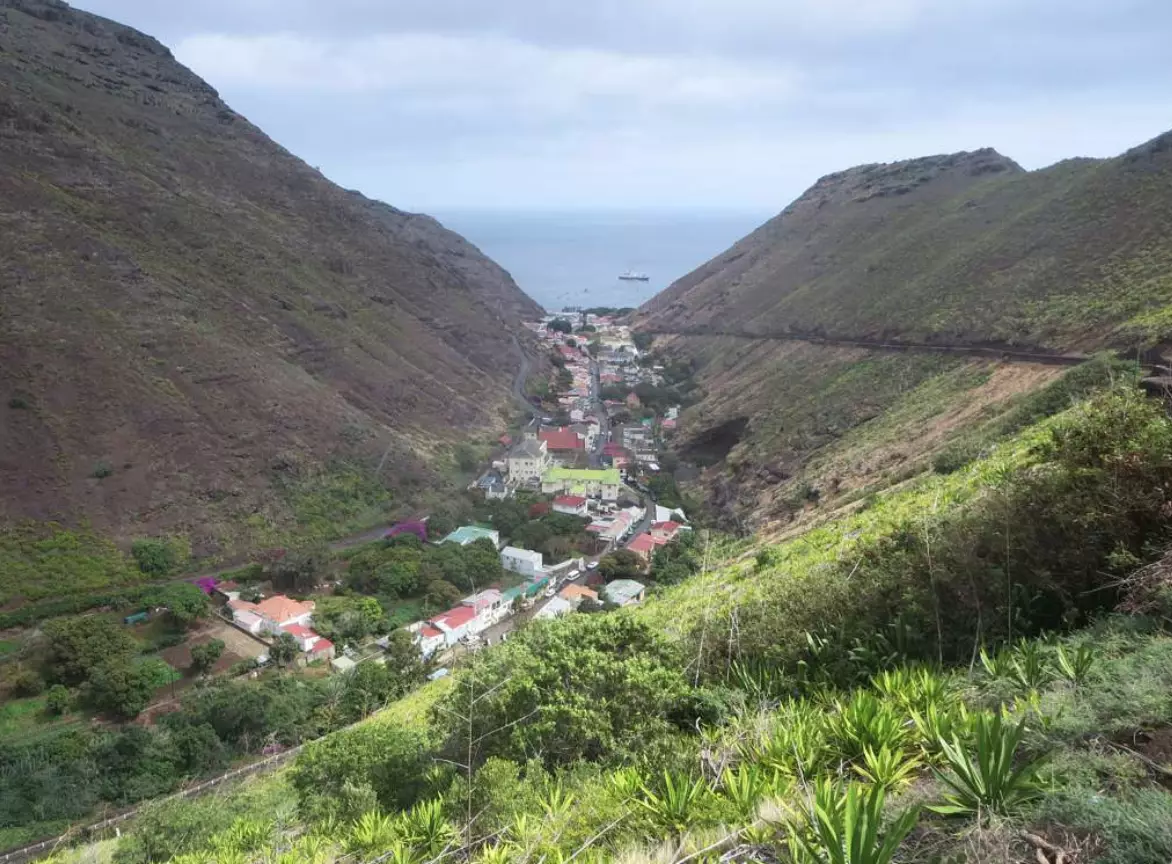
The first ever commercial flight will soon touch down at what the media have previously dubbed 'the most useless airport in the world'.
St. Helena is a remote British territory in the South Atlantic, and until now, has relied on a ship every three weeks from South Africa.

Credit: David Stanley
Advert
However, that is set to change, as the island's airport, which was built with £285m ($380m) of funding from the UK Department for International Development (Dfid), will soon welcome in its first commercial plane.
Up until now, the British territory has been one of the world's most inaccessible locations, but the hope is that with regular flights, the islands tourist economy will grow, allowing it to become more self-sufficient instead of relying on £52m ($69m) a year in British aid.

Credit: David Stanley
Advert
"This is an important moment in St Helena's route to self-sufficiency," a Dfid spokeswoman told BBC News.
"It will boost its tourism industry, creating the opportunity to increase its revenues, and will bring other benefits such as quicker access to healthcare for those living on the island."
The island is part of the British Overseas Territory of Saint Helena, Ascension and Tristan da Cunha, three of the most remote islands on the face of the earth.
"I for one am getting really excited about the new chapter in St Helena's history," said St Helena governor Lisa Phillips.
"I am sure everyone will give this first flight a huge St Helena welcome."
It lies 2,500 miles east of Rio de Janeiro and 1,210 miles west of the Cunene River, which marks the border between Namibia and Angola in southwestern Africa. It's also on the same longitude as Cornwall.
It was an important stopover for ships sailing to Europe from Asia and South Africa for centuries and became well-known as the place where Napoleon Bonaparte spent his last days in exile, following his defeat in the Battle of Waterloo.
St. Helena measures in at 47 square miles and is home to a population of just 4,255.
Previously, travel to and from the island was possibly only via RMS St Helena, which took around six days to complete the journey from South Africa.
Now, with the introduction of commercial flights, that travel time will be shaved down from six days to six hours when the flights begin to go to and from Johannesburg and St. Helena.
Source: BBC News
Topics: flight, World News, News, travel